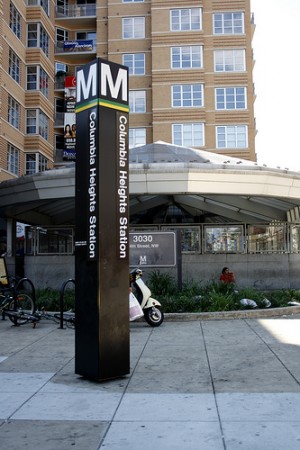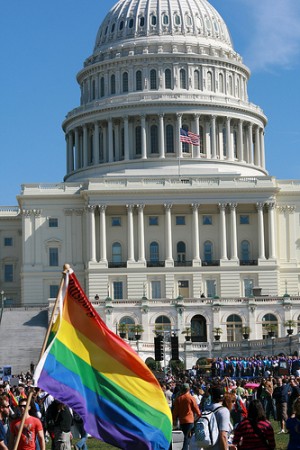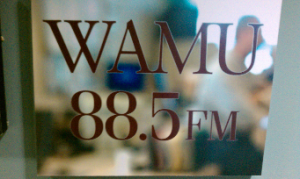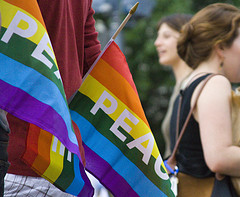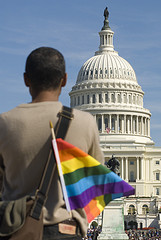For decades, D.C. has been home to two large LGBT– lesbian, gay, bisexual or transgender — celebrations: Capital Pride and DC Black Pride.
Folks not tuned into the local LGBT community are most familiar with June’s Capital Pride, a 12-day long event with an award-winning parade through the streets of Dupont and Logan circles and a festival that draws 250,000 people. Meanwhile, DC Black Pride, held over Memorial Day weekend, remains a more low-key event with a festival, poetry slams and a dozen workshops.
DC Black Pride started 20 years ago as a celebration and fundraiser for HIV/AIDS organizations serving the black community. Other cities were already hosting such events, but D.C.’s was the first dubbed “Black Pride.” Now, there are more than 30 black prides nationwide, which focus on black LGBT issues.
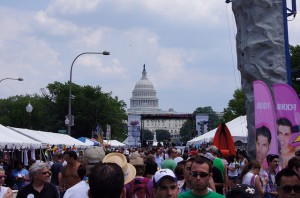
tedeytan / Flickr
Capital Pride culminates in a festival held along Pennsylvania Avenue.
The D.C. event grew popular in the early days as there was “a feeling that Capital Pride was less inclusive at the time,” according to DC Black Pride board member Earl Fowlkes.
But since then, events catering to diverse segments of the LGBT community have been held during the Capital Pride celebration. Capital Pride board chairman Mike Lutz says the 12-day long celebration is “very representative” of people of all ages, orientations, races and religions.
“Capital Pride is for everyone,” Lutz says.
In recent years, Black Pride has scaled back. This year’s event was smaller because the organization plans to host year-round events, but also due to less funding. Meanwhile, Capital Pride has grown in size and demographics.
So is there still a need to host a black pride event?
“I don’t see it as a separate thing as some people do,” Fowlkes says. “But obviously, whether I felt the need or not, 300,000 people come every year to [black] pride” celebrations around the country.
Yet, Fowlkes says he still doesn’t see many people of color attending the Capital Pride festival along Pennsylvania Avenue.
Continue reading →



